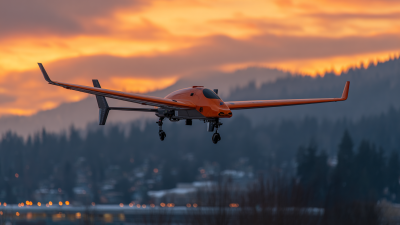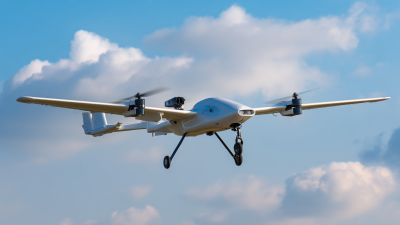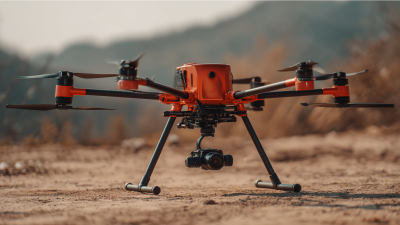Leave Your Message
As the aerospace industry embraces technological advancements, the future of Fixed Wing Hybrid Drones is becoming increasingly promising. According to a recent report by Markets and Markets, the hybrid drone market is projected to grow from $682 million in 2021 to $1.4 billion by 2026, reflecting a compound annual growth rate (CAGR) of 15.9%. This remarkable growth is fueled by innovations in battery technologies, autonomous navigation systems, and materials science, which enhance the performance and versatility of Fixed Wing Hybrid Drones. These advanced aircraft systems, combining the benefits of both fixed-wing and rotary-wing mechanisms, are not only redefining aerial reconnaissance, agricultural monitoring, and disaster management but are also set to revolutionize urban air mobility. As industry leaders and researchers explore applications across various sectors, understanding the potential and implications of Fixed Wing Hybrid Drones is essential for stakeholders aiming to leverage these innovations for enhancing operational efficiency and strategic advancements.
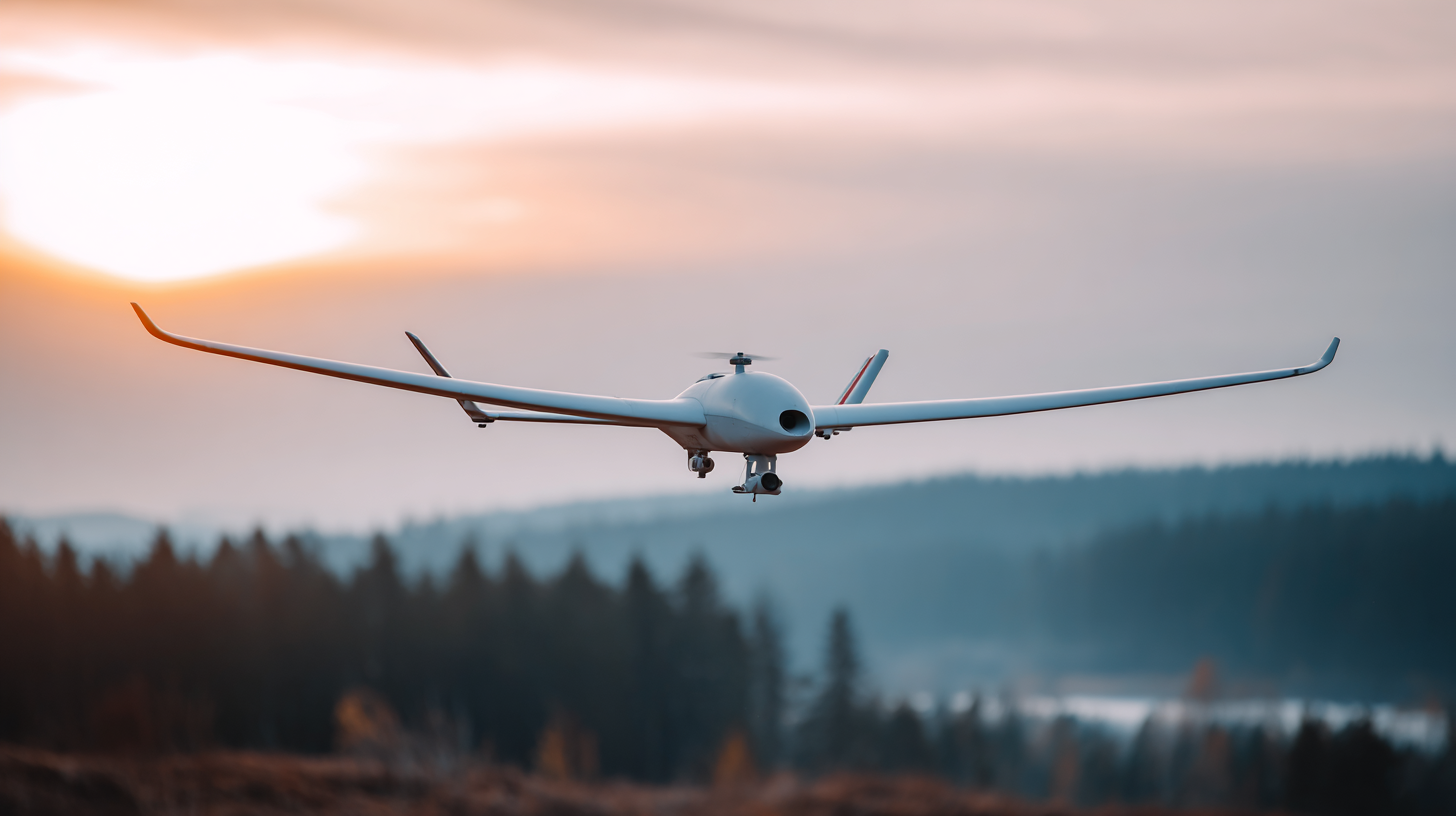
Fixed wing hybrid drones are redefining the landscape of aerial technology with their innovative design features, setting them apart from traditional drones. A notable advancement is found in the capability of certain models to operate both in the air and on water, exemplified by the recent introduction of a specialized VTOL drone. This unique ability to land on water broadens the operational scope, enabling applications in diverse fields such as environmental monitoring and maritime surveillance.
Additionally, the integration of advanced technologies enhances their versatility. For instance, hybrid drones are now equipped with sophisticated sensors and imaging systems that facilitate high-resolution data collection. This innovation allows for improved precision in various applications, from agriculture to search and rescue missions. Such designs not only improve operational efficiency but also demonstrate the potential for hybrid drones to be pivotal tools in future technological advancements.
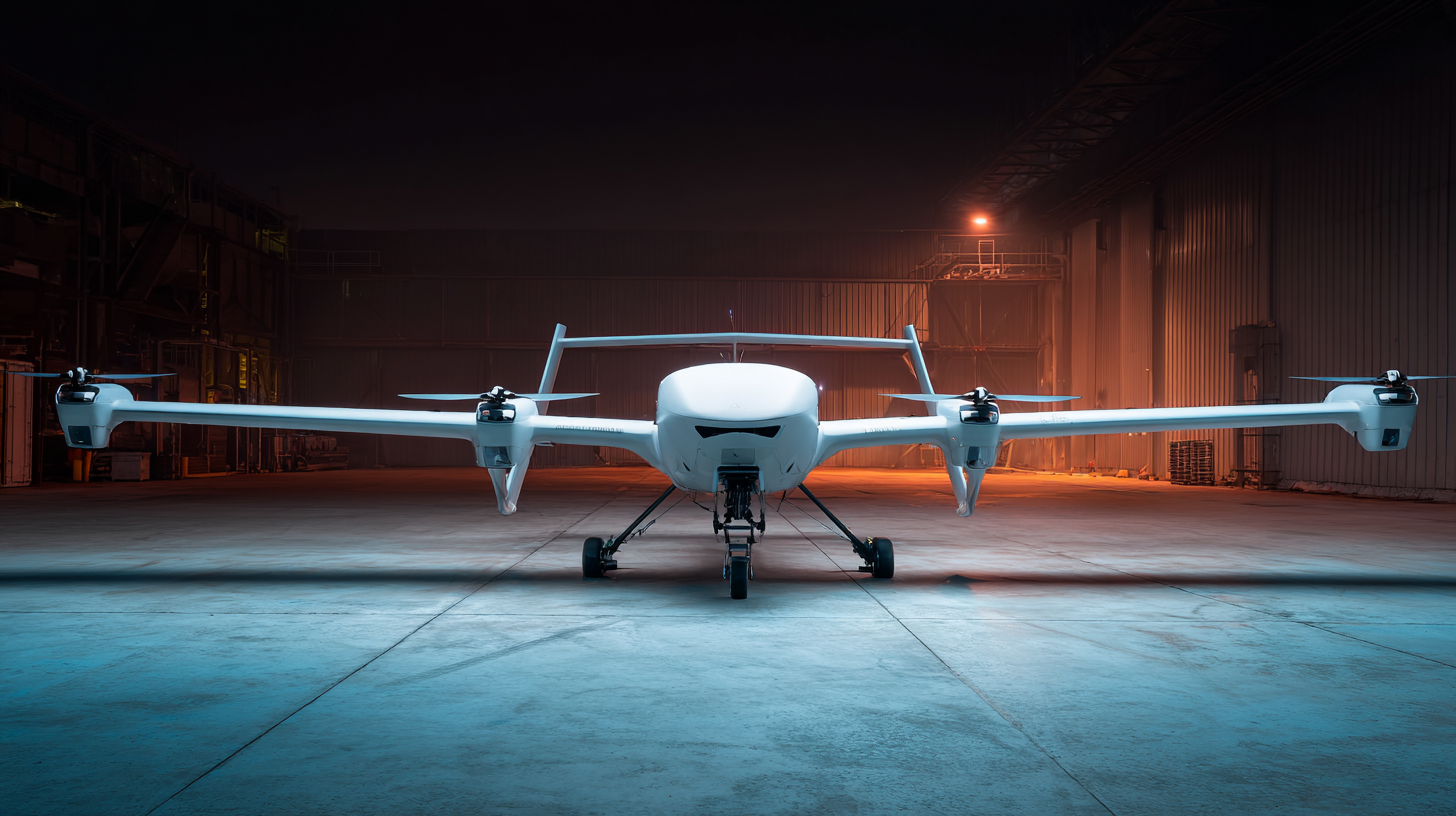
The evolution of hybrid drones is significantly driven by several key technologies that enhance their capabilities and applications. One major innovation is the integration of advanced propulsion systems, which combine electric and traditional fuel engines. This hybrid approach facilitates longer flight durations and the ability to operate in diverse environments. According to a recent market report by MarketsandMarkets, the hybrid drone market is projected to reach $2.5 billion by 2025, highlighting the growing demand for these versatile platforms across sectors like agriculture, surveillance, and delivery services.
In addition to propulsion advancements, the incorporation of AI and machine learning plays a crucial role in optimizing flight paths and improving autonomous operations. These technologies enable drones to adapt to changing conditions in real-time, enhancing efficiency and safety. In a report published by ResearchAndMarkets, it was noted that AI-enhanced drones can reduce operational costs by up to 30%, making them an attractive option for businesses looking to streamline processes.
Tips: When considering the adoption of hybrid drones for your operations, ensure to evaluate the regulatory environment in your area, as compliance can significantly affect deployment. Moreover, investing in training for personnel can greatly improve the effectiveness of drone operations and safety measures. Lastly, keep abreast of technological advancements; the landscape is rapidly evolving, and staying informed will enable you to leverage the best solutions available.
Fixed-wing hybrid drones are making significant strides across various industries, thanks to their versatile applications and advanced technologies. With payload capacities categorized into segments, such as under 2 kg, 2-5 kg, and over 5 kg, these drones cater to diverse operational needs. In sectors like agriculture, environmental monitoring, and logistics, lightweight models facilitate precision tasks such as crop surveillance and package delivery. Meanwhile, heavier models are increasingly employed in applications that require longer endurance and greater payloads, such as search and rescue missions or infrastructure inspections.
From a technological standpoint, fixed-wing hybrid drones offer a mix of fully autonomous, semi-autonomous, and remotely operated capabilities. Fully autonomous systems excel in agricultural surveillance and land mapping, enabling extensive data collection without human intervention. Semi-autonomous models provide a balance, allowing for human oversight during critical missions, such as military operations that demand real-time decision-making. Remote operation remains crucial in scenarios where immediate human control is required, particularly in security applications and emergency response situations. As innovations continue to shape the landscape of fixed-wing hybrid drones, their real-world applications are expected to expand, ultimately revolutionizing several industries.
The future of hybrid drones is poised for significant advancements, particularly as innovations in technology reshape their applications. One of the most promising areas is in logistics and transportation, where the hybrid drone market is expected to grow substantially. According to recent market analysis, the value of this sector, which stood at $680 million in 2022, is projected to reach $3.16 billion by 2030. This growth is driven by a compound annual growth rate of 22.1% between 2024 and 2030, highlighting the increasing importance of hybrid drones in delivering goods efficiently.
Moreover, as embodied intelligence technology emerges, it plays a crucial role in enhancing the capabilities of hybrid drones. This integration of AI creates a feedback loop of perception, decision-making, and action, allowing drones to operate more intelligently in complex environments. With ongoing developments in areas such as AI collaboration and low-altitude economic opportunities, we can expect hybrid drones to become more integral to various industries, revolutionizing everything from emergency services to supply chain management in the near future.
| Dimension | Current Trends | Future Innovations | Potential Applications |
|---|---|---|---|
| Battery Technology | Lithium-polymer batteries | Solid-state batteries | Long-range delivery services |
| Autonomy | Remote control with GPS | AI and machine learning integration | Agriculture monitoring |
| Material Use | Lightweight composite materials | Carbon fiber advancements | Surveillance and reconnaissance missions |
| Regulatory Environment | Increasing FAA regulations | Global standardization efforts | Emergency response operations |
| Market Demand | Increased demand in logistics | Expansion into urban air mobility | Infrastructure inspection |
As the demand for aerial solutions grows, fixed-wing hybrid drones are poised to transform various industries. These drones offer the extended range and efficiency of fixed-wing models coupled with the versatility and agility of rotary drones. With a booming market projected to reach $1.04561 billion by 2033, integrating these drones into operations presents exciting opportunities.
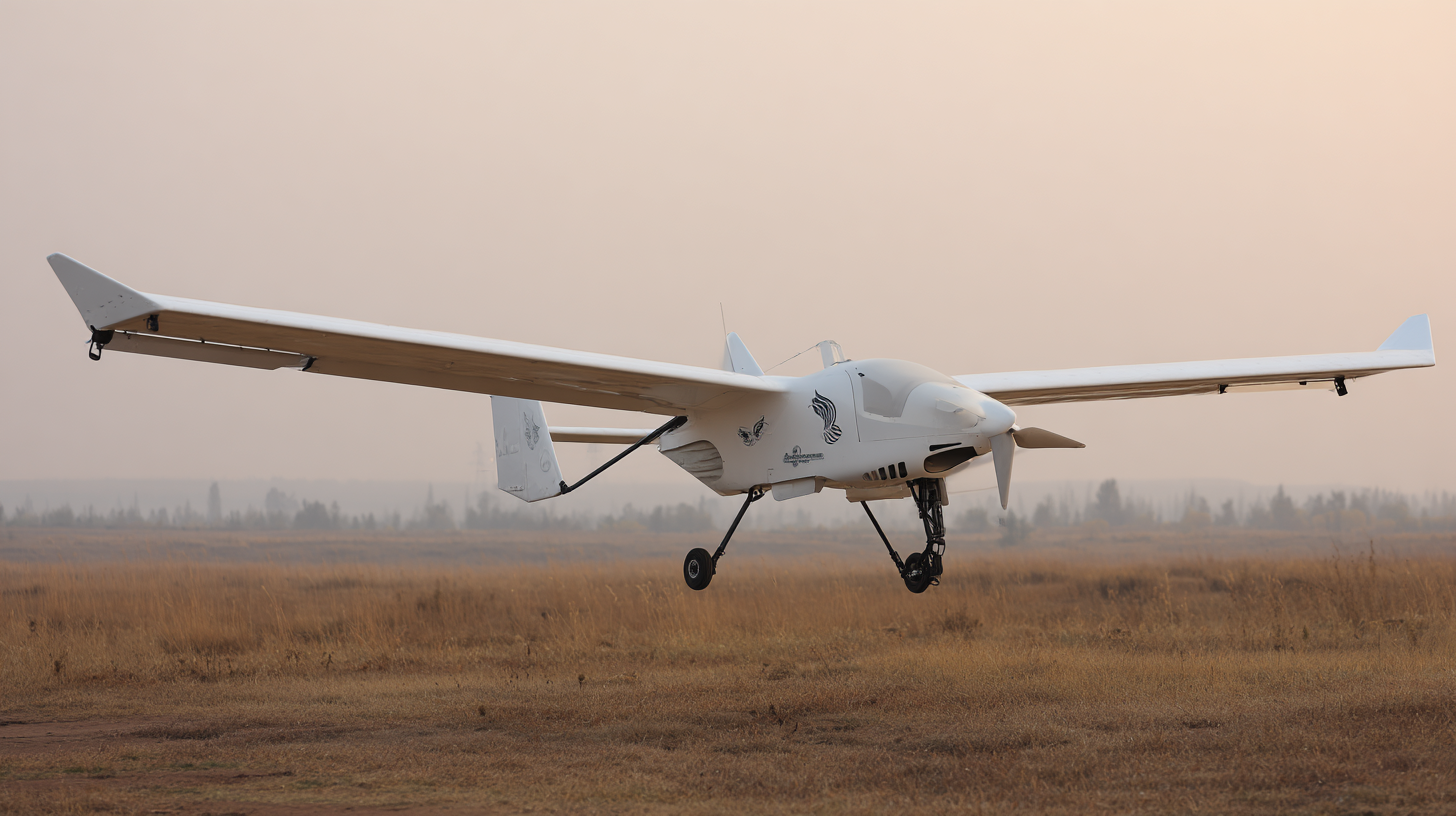
When considering how to effectively incorporate fixed-wing hybrid drones into your business, start by assessing your specific operational needs. Identify the applications that would benefit most from drone integration, whether it's aerial surveillance, data collection, or commercial delivery.
Establish collaboration between departments to streamline drone implementation and ensure alignment with your organizational goals.
Moreover, invest in training programs for your staff to familiarize them with drone technology and operational protocols. Familiarity with the equipment will enhance safety and effectiveness. Finally, stay informed about the latest innovations and regulatory requirements to remain competitive in a rapidly evolving landscape. By strategically integrating hybrid drones, businesses can enhance operational efficiency and unlock new capabilities.
